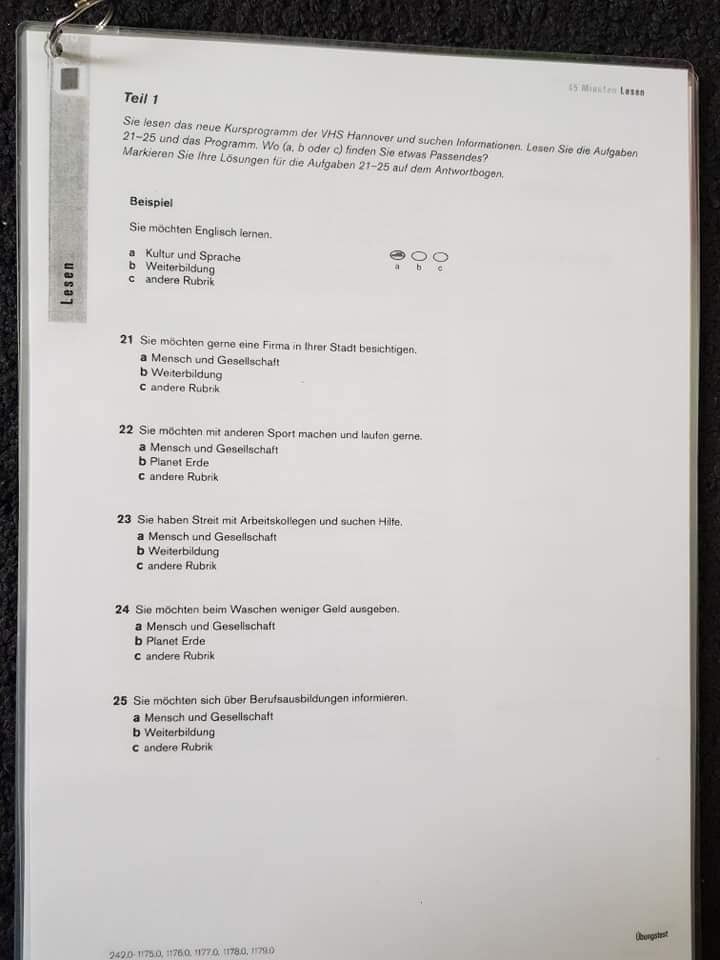In the realm of artificial intelligence, natural language processing (NLP) has become a critical component. Among the many languages represented, German has increasingly garnered attention, resulting in more accurate and efficient language processing tools. The development of German language models has driven the demand for better language processing tools in order to meet the needs of various industries.
What are German Language Models?
- German language models refer to machine learning algorithms designed to process and understand the German language. They utilize a combination of statistical techniques, deep learning, and neural networks to analyze and comprehend German text. The German language models have the ability to recognize patterns in the language, predict word placement, and identify contexts for given phrases. These models also facilitate speech recognition, text prediction, and machine translation.
Types of German Language Models
German language models can be classified into three main types:
- N-gram models: This model applies statistical language processing techniques to predict the probability of a word or phrase appearing in a specific context. N-gram models are widely used for German language processing.
- Sequence-to-sequence models: This model utilizes a neural network to receive a sequence of input data, and then it produces a sequence of output data. This model is popularly used in speech recognition and machine translation.
- Transformer models: This model is designed to use self-attention mechanisms in order to process input data. Transformer models are becoming more popular as they are capable of processing large quantities of data and producing accurate results.
Challenges of Developing German Language Models
German language models pose several challenges when developing accurate and efficient models. These include:
- Grammar and syntax: German grammar can be challenging due to its strict rules for sentence structure, case, and gender. Understanding these complexities is crucial for accurate language processing.
- Language dialects: German is spoken in different dialects across various regions. This variation makes it challenging to develop language models that can accurately comprehend and interpret different dialects.
- Vocabulary: The German language contains many complex and compound words. Developing a comprehensive vocabulary is necessary for effective language processing.
Benefits of German Language Models
The development of German language models offers numerous benefits, including:
- Increased accuracy: German language models can improve accuracy in language processing and provide more accurate predictions.
- Cost-effective: The use of German language models can reduce costs by streamlining the language processing of documents, conversations, and other forms of communication.
- Improved efficiency: German language models can enhance efficiency by reducing the time required for language processing tasks.
German language models have become increasingly important in the field of natural language processing. These models are designed to analyze and comprehend the German language accurately and efficiently, making them invaluable in numerous industries. Despite the challenges posed by German grammar, syntax, dialects, and vocabulary, the benefits of these models are considerable, including improved accuracy, cost-effectiveness, and efficiency. As the development of German language models continues, they will play an even more significant role in advancing the field of natural language processing.
